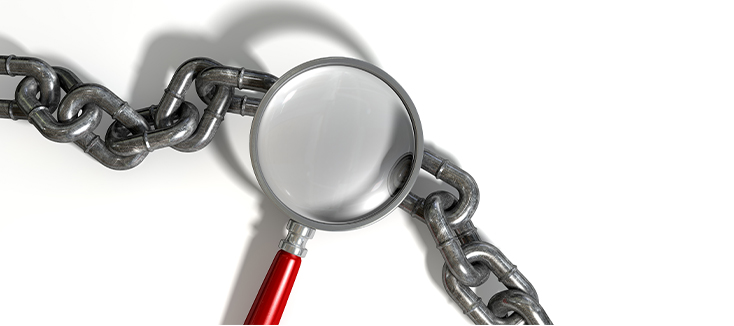From self-driving cars to self-guided vacuum cleaners for your home, automation seems to be the way of the future. When it comes to healthcare, however, automating different processes can be somewhat costly. Because automation can seem so expensive, some facilities are asking the question: is it worth automating? There are at least three solid reasons for making the change and propelling your healthcare facility into the future.
1. Patient Safety
The number one reason to automate your TEE probe reprocessing procedure is the health and safety of your patients.
Manually reprocessing probes can be a tedious and repetitive task. When employees must consistently perform repetitive tasks over and over again, they become more likely to make mistakes. These mistakes, while totally accidental, can result in the spread of healthcare associated infections (HAIs) which may lead to severe illnesses and even death of a patient. Internationally, it is recognized that using automated processes provides significant risk reduction of the transmission of HAIs.
In fact, according to a study done by the University Hospital Muenster in Germany, “Automated disinfection had a statistically significantly higher success rate of 91.4% (106/116) compared with 78.8% (89/113) for manual disinfection (P = 0.009). The risk of contamination was increased by 2.9-fold when disinfection was performed manually.” This means that when patient safety is the priority, automation is the method of choice when reprocessing TEE probes.
2. Employee Safety and Satisfaction
Not only can automating your TEE probe reprocessing procedure keep patients safer, it can keep your employees safer and happier. A study by Ofstead & Associates, Inc. found that the majority of employees who had to manually reprocess reported health problems, but that physical discomfort diminished after the installation of an automatic reprocessor. Occupational exposure when reprocessing TEE probes is real and can have serious consequences for some employees.
Additionally, automation can free up time for employees, allowing them to focus on patients more and reprocessing less. This can increase productivity and help employees feel that their skills are being utilized more fully instead of leaving them to stare into basins of disinfectants for hours each day while manually reprocessing probes. Automating the process can help employees feel that their time is valued.
3. Your Facility’s Bottom Line
Ultimately, finances are a very important factor to consider when automating your facility’s reprocessing procedures. According to The Society of Diagnostic Medical Sonography (SDMS), “Automated processes are preferable due to the reduced risk of operator error.” Errors when reprocessing, as mentioned above, can lead to dangerous infections and illnesses for both patients ad employees.
As a healthcare facility, health must be your top priority. If, however, patients and employees fall ill as a result of the risks associated with manual reprocessing, your facility will likely face lawsuits. HAIs alone incur costs of up to $11.5 billion annually. Furthermore, if patients and employees become ill from your facility, it will damage the reputation of your facility, leading to fewer patients and frequent staff turnover. These costs quickly add up and may significantly impact a facility’s financial standing.
The NHS in the UK affirms that, “health facilities should investigate and work towards the use of automated and validated decontamination systems.” Get your healthcare facility out of the dark ages and consider automating your TEE probe reprocessing procedure. With TEEClean Automated TEE Probe Cleaner Disinfector, manual cleaning and high-level disinfection (and all the risks associated with them) can be a thing of the past.


